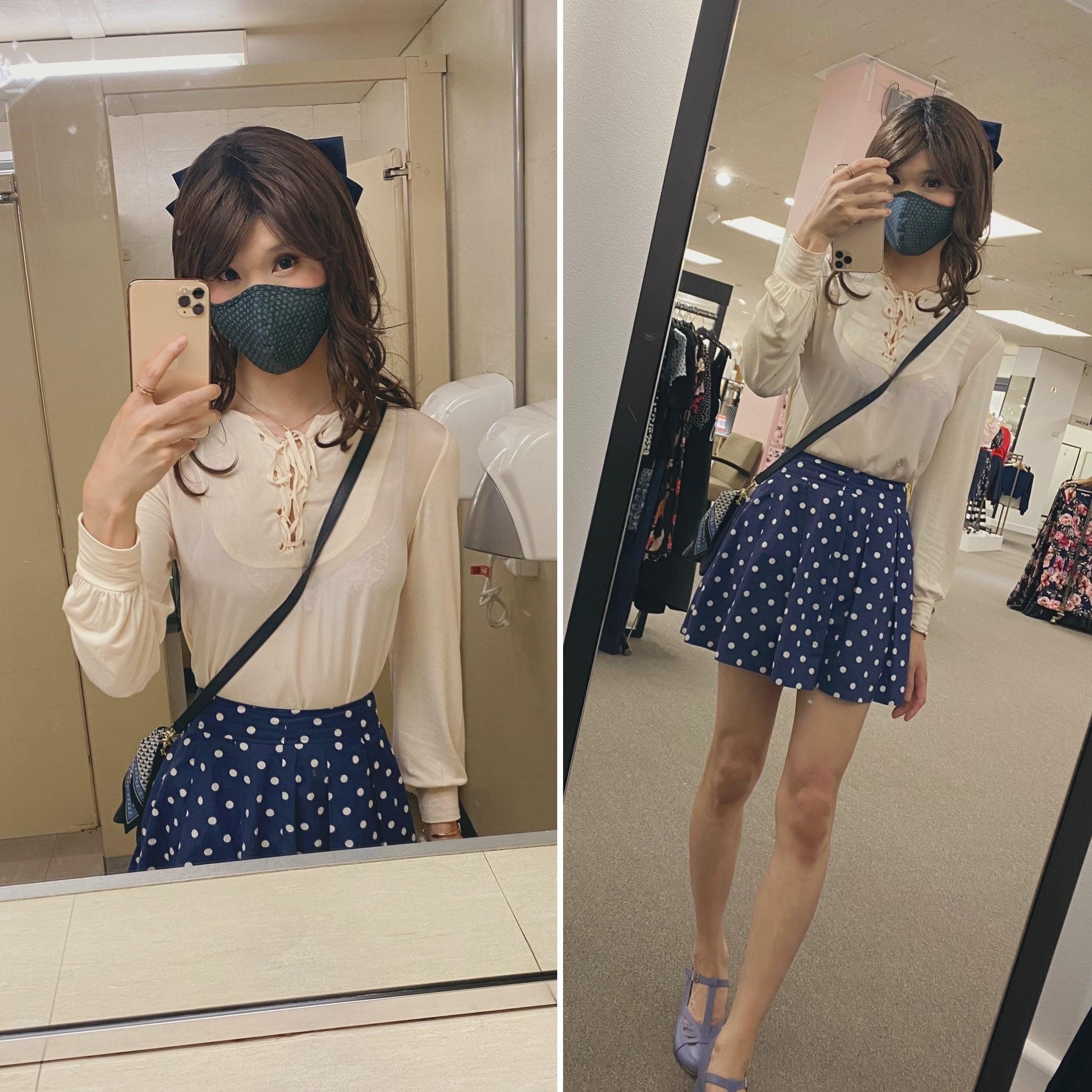Introduction to Crossdressing Fetish
Understanding the Concept
Crossdressing fetish is when someone wears clothes and accessories that are usually associated with the other gender for sexual or erotic reasons. Crossdressing isn’t just for transgender or non-conforming people; people of all genders and sexual orientations can do it for various reasons.
Common Misconceptions
Some people have the wrong idea about crossdressing fetish, like thinking it’s the same as being transgender or that only gay men do it. But crossdressing is a way to show what you want and learn more about yourself that goes beyond gender and sexual orientation.
The Psychology Behind Crossdressing
Gender Identity and Expression
Gender identity is how a person feels inside about whether they are male, female, or something else. Gender expression, on the other hand, is how a person shows the world what gender they are through how they look, act, and dress. Crossdressing is a unique way for people to show how they feel about their gender. By wearing the clothes and accessories of the opposite gender, people can explore different parts of their identity or live out their fantasies.
The Role of Fetishism
Fetishism is when a certain object, behaviour, or situation makes a person sexually aroused or satisfied. When it comes to crossdressing, people may be excited by the feeling of wearing clothes that are usually associated with the other gender or by the role-playing and fantasy that go along with it.
Differentiating Fetish from Identity
It’s important to tell the difference between crossdressing as a fetish and figuring out who you are as a person. Crossdressing as a fetish is a sexual activity, but a person’s gender identity is a part of who they are. People who have a crossdressing fetish don’t have to be transgender or not conform to their gender.
The Crossdressing Experience
Getting into Character
For many people, crossdressing means putting on a persona that has the same traits and characteristics as the opposite gender. This can mean taking on a new name, practising new mannerisms, or even changing one’s voice to sound more like the gender they are pretending to be.
The Role of Clothing and Accessories
Clothing and accessories are a big part of crossdressing fetish because they help people look like the gender they want to be. Dresses, skirts, and lingerie, as well as suits, ties, and men’s shoes, help people express themselves and feel what it’s like to wear clothes for a different gender.
The Importance of Makeup and Grooming
Putting on makeup and taking care of yourself are important parts of crossdressing. Many people find that putting on makeup and styling their hair is a way to change themselves and become more like the person they want to be. Makeup can be used to highlight or change the way your face looks, while grooming can help you look more like yourself.

The Crossdressing Community
Online Forums and Support Groups
The internet has given the crossdressing community a place to meet and talk about their experiences. Online forums like this crossdressing subreddit and support groups give people a safe place to talk about their interests, ask questions, and get advice from others who are also interested in crossdressing.
Real-Life Gatherings and Events
Crossdressers can meet and talk to each other at events and gatherings that happen in real life as well as online. There are often workshops, fashion shows, and chances to buy clothes and accessories made for crossdressing at these events.
Society’s Perception of Crossdressing Fetish
Breaking Stereotypes
Crossdressing as a fetish has always been met with confusion and criticism. But as people become more accepting of different ways of expressing gender and sexuality, the stigma around crossdressing is slowly going away. The crossdressing community can help people understand and accept them by breaking down stereotypes and challenging preconceived ideas.
Acceptance and Inclusivity
In the past few years, steps have been taken to make crossdressing fetish more accepted and open to everyone. As people and society as a whole continue to accept the wide range of ways people express and think about their gender, the crossdressing community can find more understanding and support.
Conclusion
Crossdressing as a fetish is a unique and complicated way to express yourself that goes beyond gender norms. By learning more about the psychology behind crossdressing, understanding what it’s like to do it, and realising how important community support is, we can help people who do it feel more understood and accepted.
FAQ’S
Is crossdressing fetish the same as being transgender?
No, the crossdressing fetish is a form of erotic expression, whereas being transgender involves a person’s inherent sense of their gender identity.
Do only gay men engage in crossdressing fetish?
No, people of all genders and sexual orientations can engage in crossdressing fetish. It is not exclusive to any particular group.
can you break a crossdressing fetish?
Breaking or overcoming a crossdressing fetish may be possible for some individuals, depending on the reasons behind the fetish and their personal motivation to change. Here are some steps that may help:
Self-reflection: Understand the reasons behind your crossdressing fetish. Is it purely for sexual arousal or a form of self-expression? Are there any underlying emotional or psychological factors that contribute to the behaviour?
Seek professional help: If you think your crossdressing fetish is causing problems in your life, you might want to talk to a therapist or counsellor. They can help you figure out why you act the way you do and give you advice on how to deal with or change it.
Explore alternative outlets: Find alternative ways to express yourself or cope with the emotions that drive your cross-dressing fetish. This could involve engaging in creative activities, joining support groups, or finding new hobbies.
Set goals: If you decide to change your behavior, set realistic and achievable goals for yourself. This could include gradually reducing the frequency of your crossdressing or finding alternative ways to satisfy your desires.
Be patient and persistent: Change takes time and effort. Be patient with yourself and remember that progress may be slow. Keep working towards your goals and remind yourself of the reasons behind your decision to change.
It’s important to remember that having a crossdressing fetish is neither wrong nor harmful in and of itself and that many people enjoy this part of their sexuality without any bad effects. If your crossdressing fetish doesn’t hurt you or anyone else and you’re happy with it, you might not have to change. But if it’s making your life worse, you might be able to get over it by getting help and following the steps above.
Is it normal to have a crossdressing fetish?
Yes, having a crossdressing fetish is a normal and valid expression of human sexuality. There is no right or wrong way to explore one’s desires and interests.


